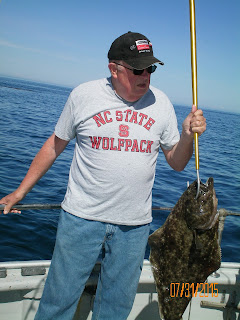Before I begin the Denali Blog I want to make a correction
from the Fairbanks Blog. The Ambassador Bible College was the school the missionary attended in Lattimore. I don’t think there is an American Bible
College, at least not in Lattimore, NC. (My proof reader noticed the error and I
thought he had corrected it before I sent the blog, but obviously, he had not. He won’t make that mistake again!!)
I’ve divided
the Denali National Park Blog into three parts.
There’s so much to tell and show you that one blog would have been too
long. I’ll begin with the one everyone
wants to see: the animals.
First, let
me explain – the animals rule here. They have the right of way on the road
(there’s only one road in the park – it’s a dirt road). Vehicles must stop and
wait for the animal to move to the side of the road. At one point in the park, tour buses are the
only vehicles allowed to continue on the road. Thus, more animals are visible and active.
Many animals
live in the national park: grizzly
bears, Dall sheep, caribou, moose, ground squirrels, wolves, willow ptarmigans,
lynx (the only cat native to Alaska) short-tailed weasel, beavers, porcupines,
pika, marmot, red fox, red squirrel, and birds – the artic tern, golden eagles,
red-throated loon, and falcons.
Below
are actual photos that we took with our camera, either in the park or on the
side of the main highway going to the national park. We were thrilled to see so many animals in their natural habitat.
 |
| Young male moose on side of the main highway into park. |
This moose will lose his antlers each year and grow stronger and larger ones as the years progress.
 |
| Our tour bus stopped to watch this grizzley bear enjoy berries near the road. He proceeded to climb onto the road, walk beside our bus, and even put his nose on the bus door. He must not have liked what he saw, because he moved on to the front of our tour bus and turned to pose. He's an unusual color, probably shedding some winter coat for the summer fur. |
The Dall Sheep live in the highest mountain ranges where predators cannot climb. Rams are distinguished by their massive curling horns. Ewes have shorter, more slender, slightly curved horns. Rams resemble ewes in appearance until they are about 3 years old. After that, continued horn growth makes males easily recognizable. As rams mature, their horns form a circle when seen from the side. Ram horns reach half a circle in about two or three years, three-quarters of a circle in four to five years, and a full circle or "curl" in seven to eight years. In most cases, hunters are restricted to taking only full-curl rams.
 |
| These young Dall sheep graze free of threat of predators. |
We discovered a family of willow ptarmigans as we returned from the summit in the park. The "chicken" is the Alaska State Bird. Remember the little town named, "Chicken."
 |
An older male caribou.
Like the moose, the caribou lose their antlers
and grow new ones each year.
The bus ride was a real treat. The driver said she had never seen so many animals in one excursion. Guess we brought her luck.
The next part of the Denali blog will be the scenery.
|






















































